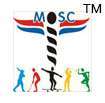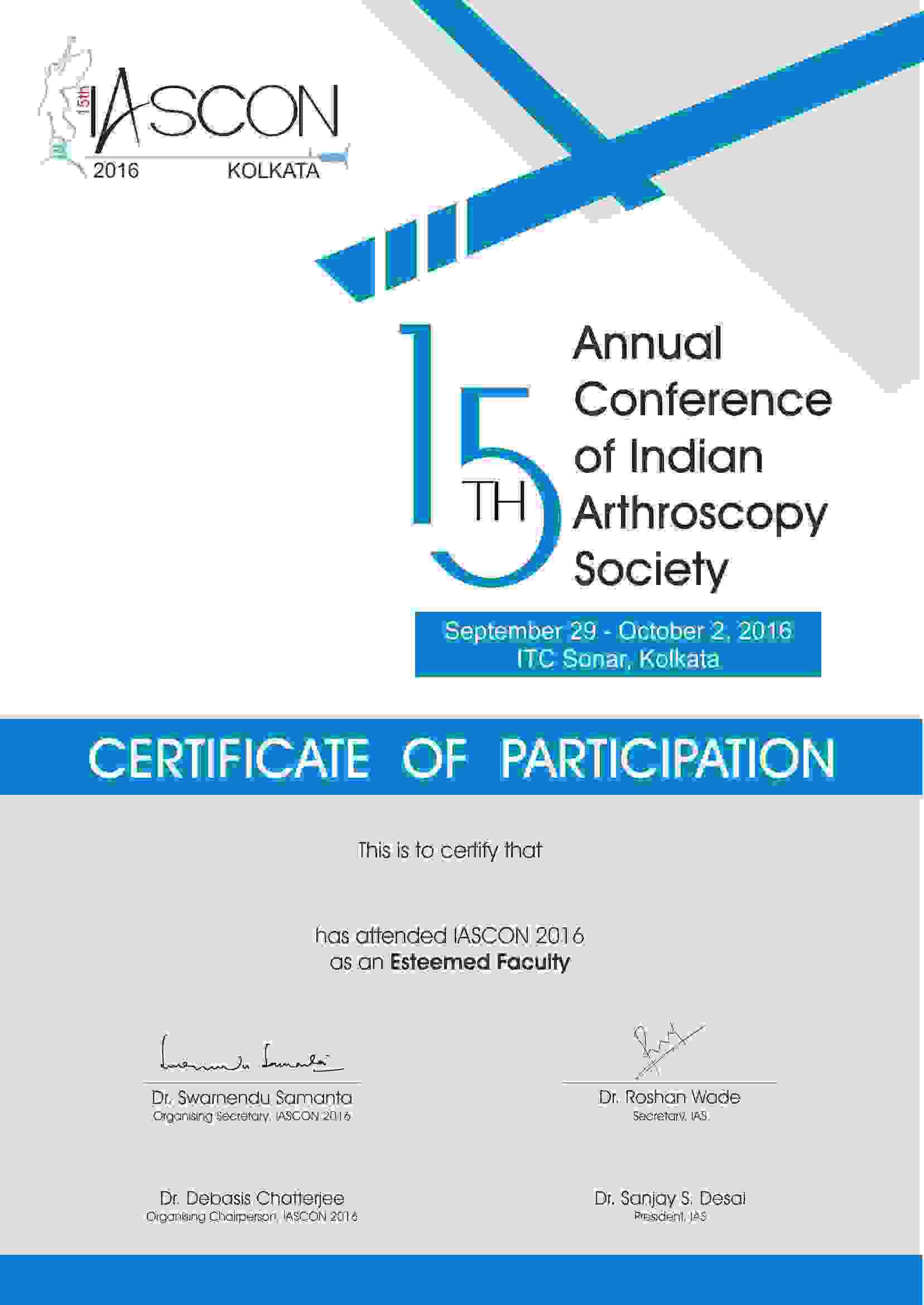Arthroscopy in elbow might be recommended in conditions that do not respond to non-surgical treatment. Non-surgical methods include physical therapy, rest, medications etc. Arthroscopy in the elbow can find remedies for symptoms resulting from damaged cartilage surfaces. The procedure can also remove loose pieces of cartilage. Common forms of elbow problems are caused due to age-related wear & tear, overuse and other forms of injuries.
Arthroscopic procedures relating to elbow include:
- Removal of loose bone fragments & cartilage.
- Correction of scar tissues for improving the range of motion.
- Tennis Elbow treatment. (lateral epicondylitis)
- Rheumatoid arthritis & osteoarthritis treatment.
- Treatment of osteochondral dessecans.
As complexity of disorder increases, arthroscopic & open surgeries may be performed in a single setting.
Arthroscopic surgery usually commences with positioning. By this process, the elbow is placed in an appropriate position so that adjustment of the arthroscope may be easy. The commonly preferred procedures for elbow arthroscopy are ‘prone’ & ‘lateral decubitus’. Prone refers to the position wherein the patient lay on his/her stomach. Lateral decubitus refers to the side-lying position. Additional care is taken to ensure that the pressure points in the legs & arm are protected.
An apparatus called the ‘torniquet’ is placed in the upper arm. After this, the system is placed in an arm holder. This keeps the position steady during the procedure. In order to limit the swelling, a comprehensive dressing may be applied in the lower arm position. Skin cleansing with antiseptics are done and the shoulder and the upper body is covered with surgical drapes.
It is a common procedure to indicate markings in the elbow to indicate specific structures.
After these preoperative procedures, fluid is filled in the elbow. The fluid does certain functions like providing a more clear vision, decreasing the chance of bleeding etc. After the identifying the problem clearly, small incisions are made and instruments are inserted through them. These small instruments are used for functions like knot typing, suture passing, cutting, grasping, shaving etc. The recovery is quick due to minimum invasion. Exercise programs can help in rehabilitation.











